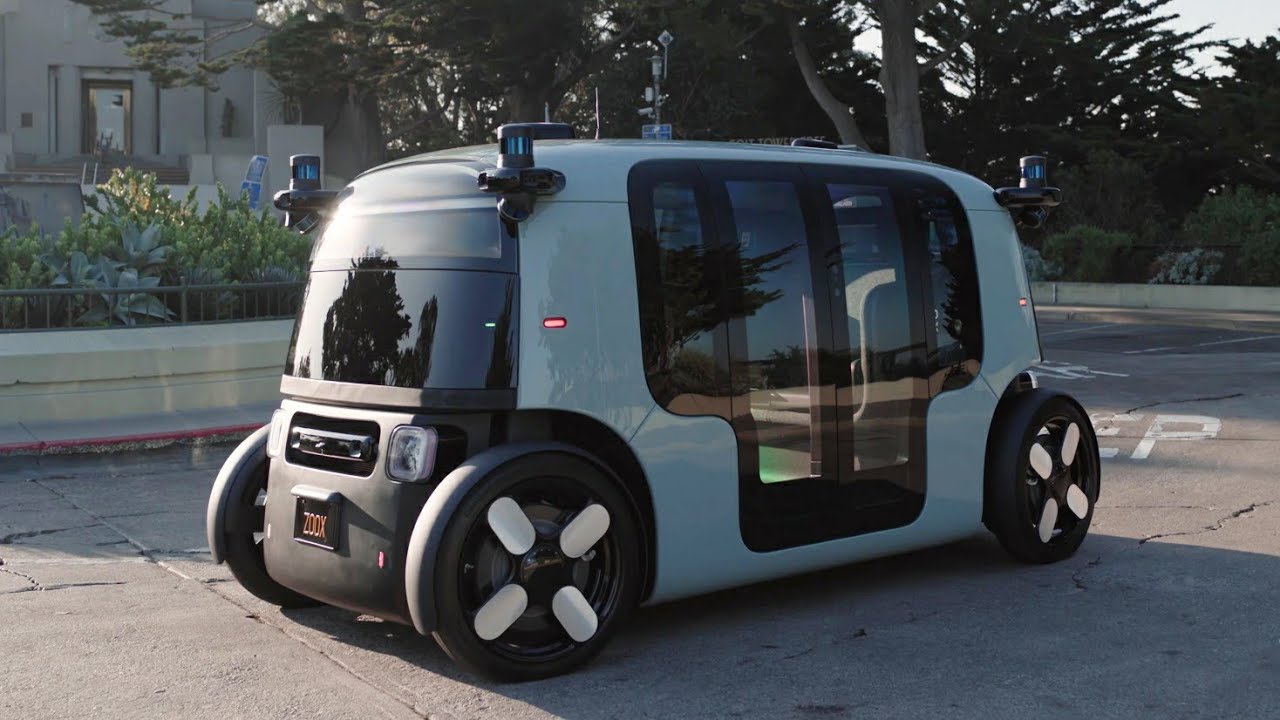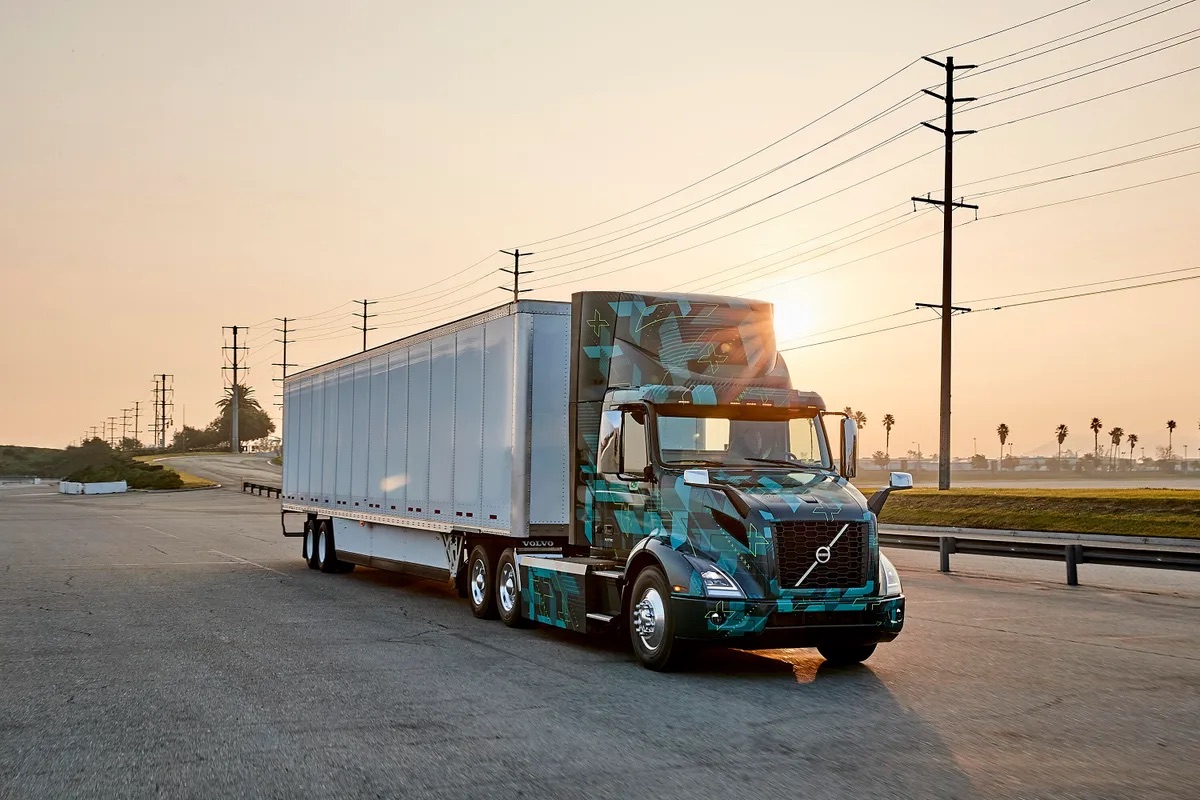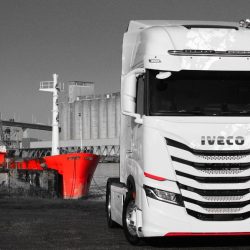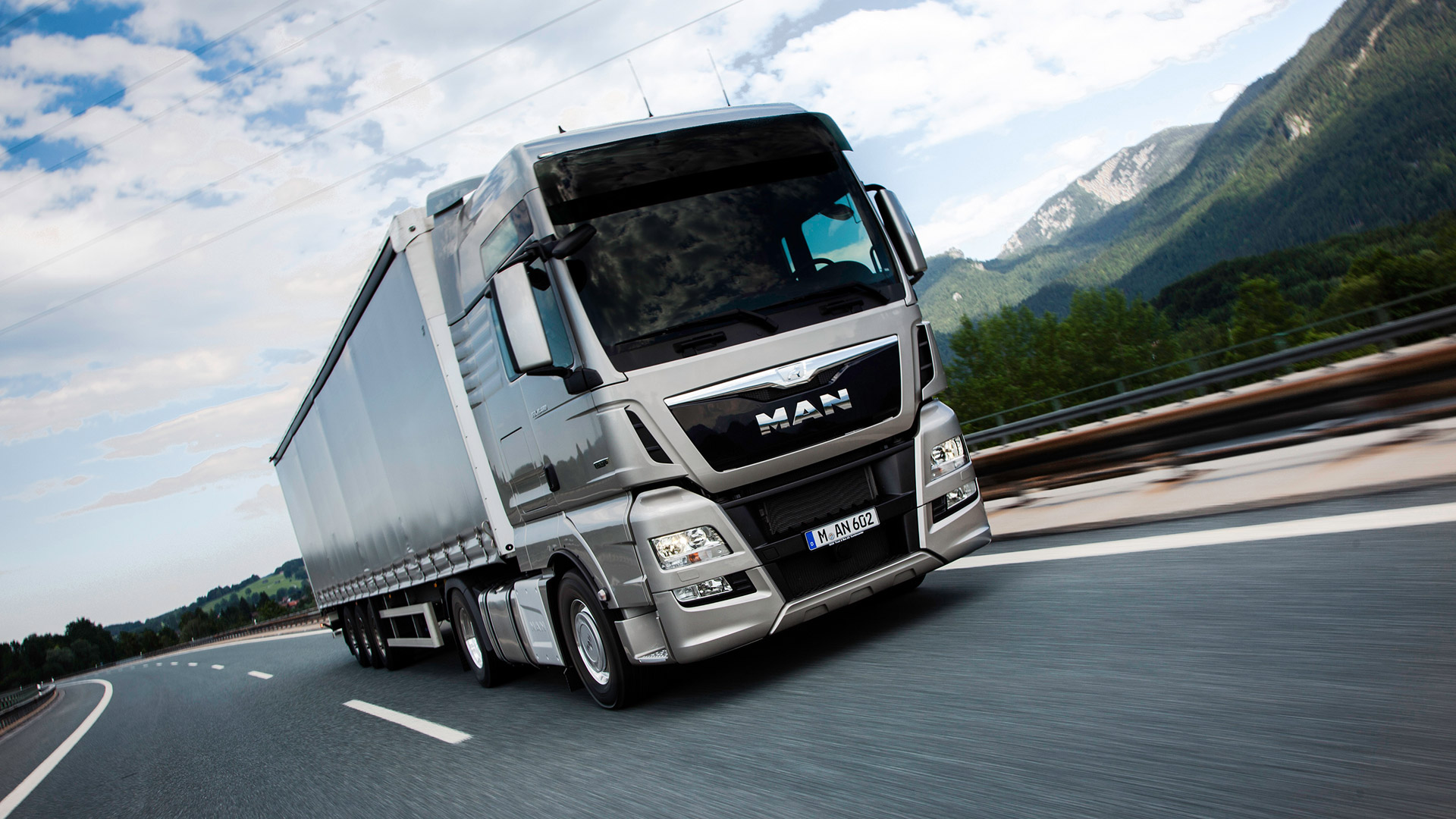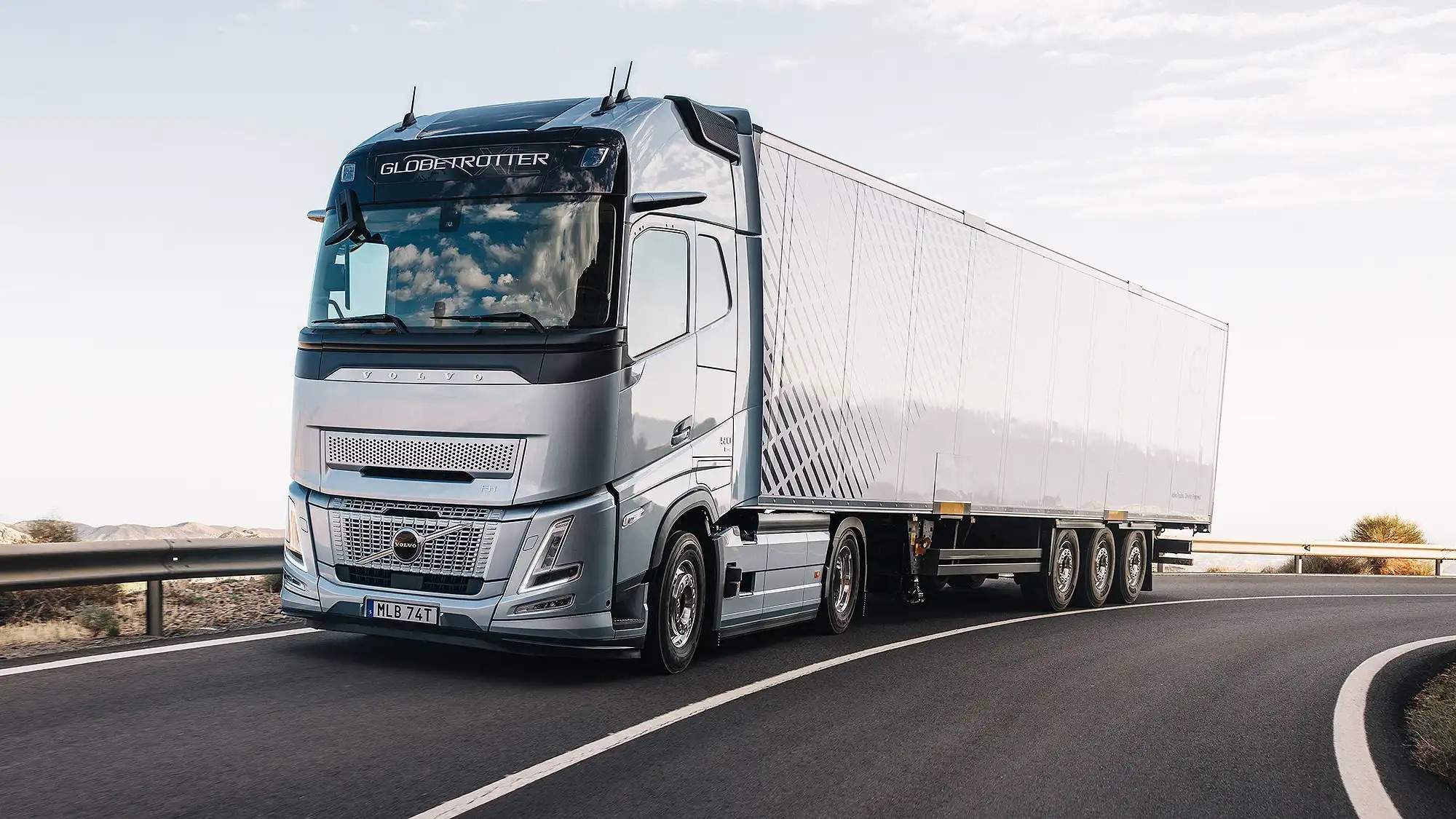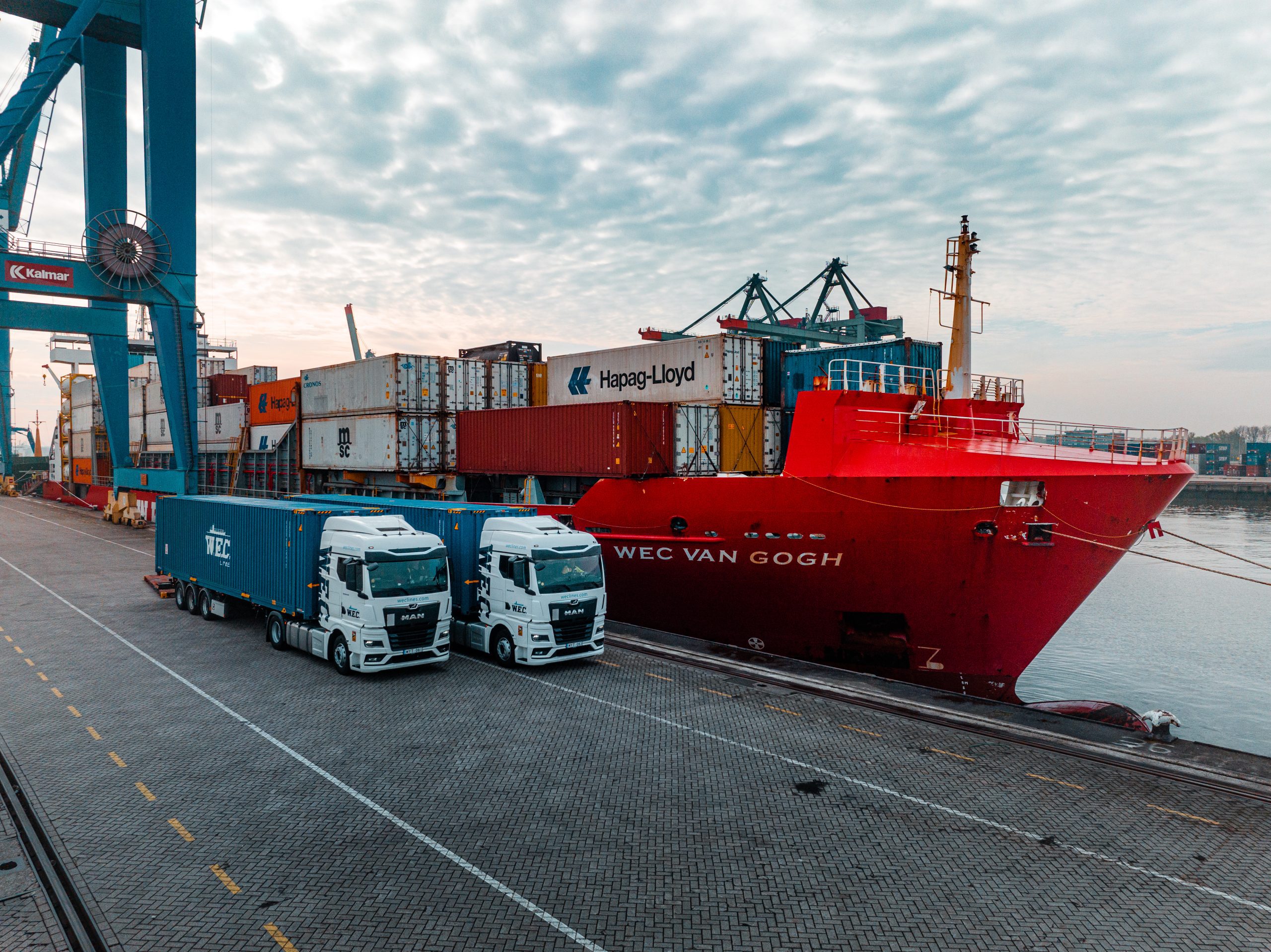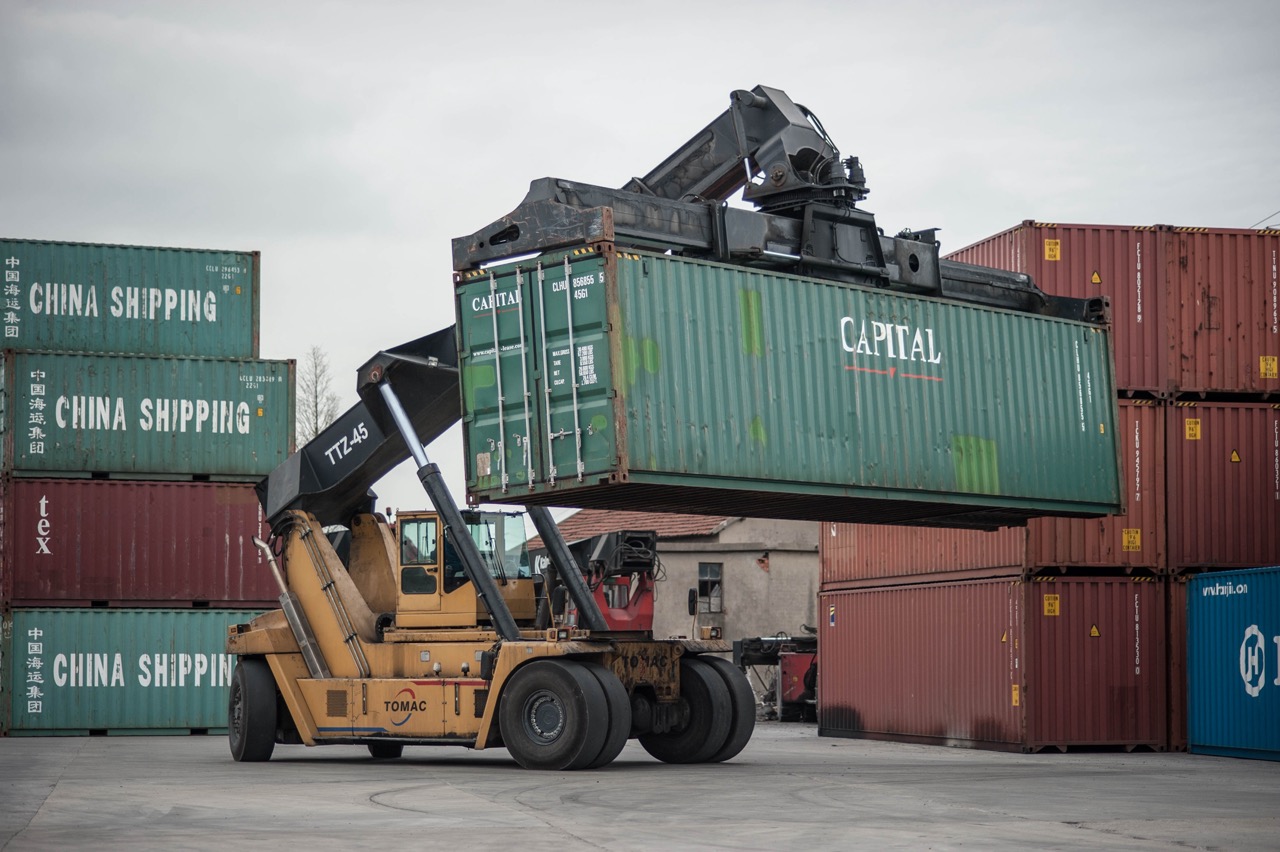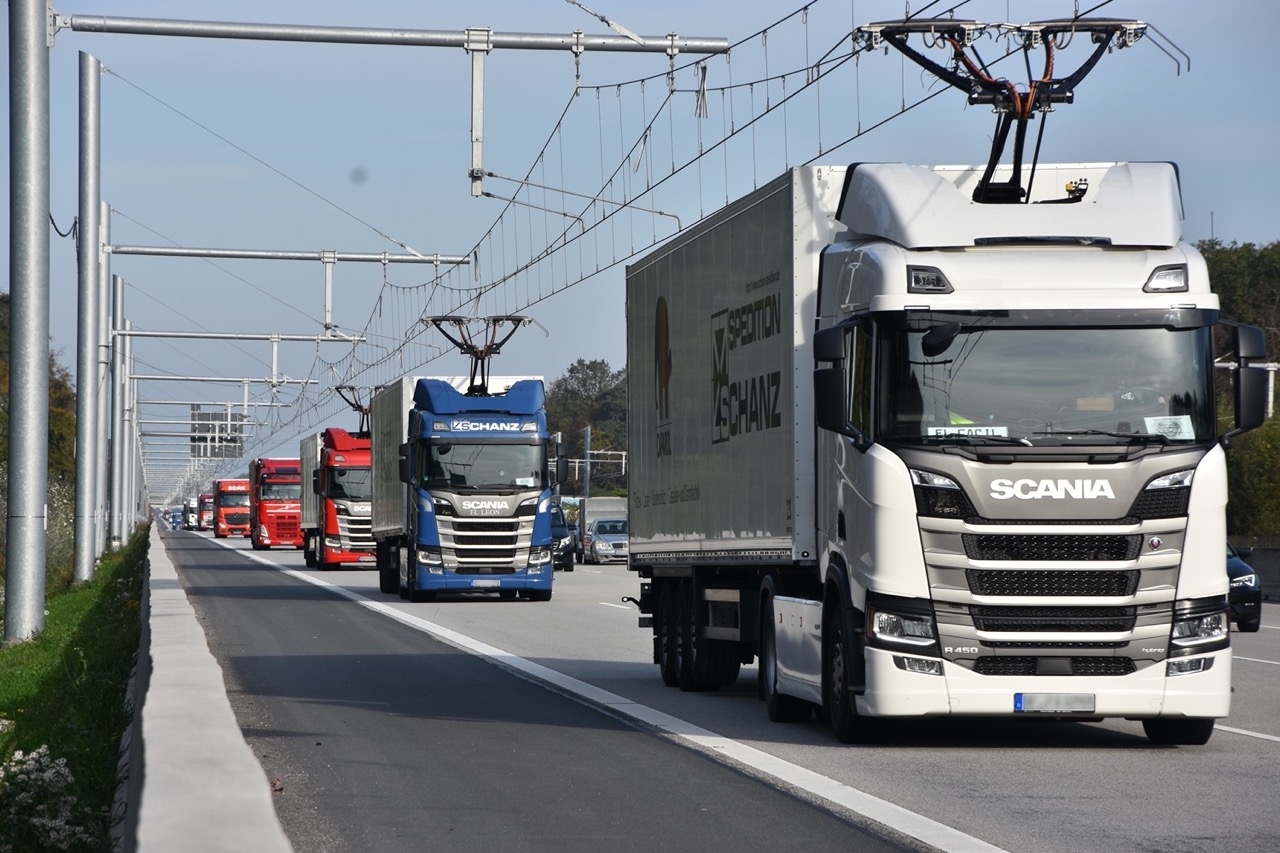The global robot taxi market is growing fast
The global market for robot taxis will exceed US$30.8 billion by 2031. This is according to Transparency Market Research, which has analysed current trends in the sector. By comparison, the 2021 market estimate was US$240m. The segment should grow at a compound annual growth rate of 62.5% from 2022 to 2031.
Analysts cite increasing initiatives to reduce carbon emissions as a key driver of market development. In addition, many start-ups are focusing their activities on developing robot taxis. As a result, this type of environmentally friendly transport will become increasingly common.
In recent years, new initiatives have emerged to boost the sector. One of these is the smart city concept, which uses robot taxis. In this case, transport efficiency is improved by integrating traffic and traffic management systems. The optimal solution would be the use of autonomous electric vehicles. In terms of enhancing the organisation of traffic flows, robot taxis for passenger transport will be an excellent solution.
At the same time as improving functionality, autonomous cars provide passengers with a wide range of entertainment through a user interface. For example, a person can control the route through a dedicated mobile app and make adjustments during the journey. This improves the quality of travel and encourages further use of taxis as an alternative to personal transport.

Dynamics of market development
Experts predict that robot taxi rental will become the most popular segment in the coming years. Demand will depend on the type of vehicle.
Increasing attention to climate issues is driving developments in the electric transport sector. Many countries are implementing programmes to reduce carbon dioxide emissions. The leading region is Europe. In 2031, Europe should have the largest share of the robot taxi market. Here, a number of initiatives are underway to promote the use of electric vehicles and the shift away from internal combustion engines.
The leading developers of such transport are:
- Waymo;
- Uber Technologies;
- Tesla;
- Lyft;
- AB Volvo and others.
Experts believe that the introduction of robotic transport will significantly improve road safety:
- automated systems strictly follow the rules;
- their use eliminates the human error factor;
- robot taxis will help to reduce traffic and congestion on the roads;
- they are better at route planning than humans.
For robot taxis to become full-fledged road users, it is necessary to strengthen developments in artificial intelligence, machine learning and ultra-sensitive sensors. Trends show that demand in these areas is increasing, which will have a positive impact on the market for robot taxis. In addition, the cost of operating electric vehicles has decreased in recent years, supporting these innovations.

